Author: Paul Amico
Released for use over a decade ago and taking its name from the Spanish word for “hot,” as in temperature, Caliente has received little in the way of public exposure despite being rather warmly received by brewers. Noted as imparting beer with a complex blend of zesty lemon and lime, pine, and peach, Caliente is said to work well in myriad styles from Wheat Beer to uber-hoppy IPA.
Alpha: 15.3%
Beta: 4.3%
Cohumulone: 35% of alpha acids
Total Oil: 1.9 mL / 100g
Myrcene: unknown
Humulene: unknown
Caryophyllene: unknown
Farnesene: unknown
Linalool: unknown
Geraniol: unknown
ß-Pinene: unknown
Parentage: unknown
While I’d heard of Caliente hops a handful of times in the years I’ve been brewing, for whatever reason, I never took the step of picking some up for use. After recently reading the description and some reviews of this established variety, I promptly snagged some for use in a single hop Pale Ale to get an idea of what it has to offer.
| MAKING THE BEER |
I went with our standard Hop Chronicles Pale Ale recipe for this batch with with the goal of accentuating as much hop character as possible.
Caliente Pale Ale
Recipe Details
| Batch Size | Boil Time | IBU | SRM | Est. OG | Est. FG | ABV |
|---|---|---|---|---|---|---|
| 5.5 gal | 60 min | 34.1 IBUs | 5.8521849 | 1.053 | 1.012 | 5.4 % |
| Actuals | 1.053 | 1.009 | 5.8 % | |||
Fermentables
| Name | Amount | % |
|---|---|---|
| Lamonta : Pale American Barley Malt (Mecca Grade) | 10 lbs | 83.34 |
| Vanora : Vienna-style Barley Malt (Mecca Grade) | 2 lbs | 16.66 |
Hops
| Name | Amount | Time | Use | Form | Alpha % |
|---|---|---|---|---|---|
| Caliente | 8 g | 40 min | Boil | Pellet | 17.7 |
| Caliente | 8 g | 20 min | Boil | Pellet | 17.7 |
| Caliente | 56 g | 2 min | Boil | Pellet | 17.7 |
| Caliente | 56 g | 3 min | Dry Hop | Pellet | 17.7 |
Yeast
| Name | Lab | Attenuation | Temperature |
|---|---|---|---|
| Flagship (A07) | Imperial Yeast | 75% | 64°F - 69°F |
Notes
| Water Profile: Ca 92 | Mg 1 | Na 10 | SO4 153 | Cl 50 |
Download
| Download this recipe's BeerXML file |
*NOTE: We’re aware the dry hop is being displaying in minutes rather than days and are working on getting it fixed.
I started off my brew day by collecting the full volume of water, which I adjusted to my desired profile.
After flipping the switch on my controller to get things heating up, I weighed out and milled the grain.
When the water was properly heated, I incorporated the grains and set the controller to maintain my desired mash temperature of 152°F/67°C before preparing the kettle hop additions.
Once the 60 minute mash rest was complete, I removed the grains from the sweet wort and set the controller the heat it up.
Following a 60 minute boil, I used my CFC to chill the wort during transfer to a sanitized fermenter.
A refractometer reading showed the wort was at my target OG.
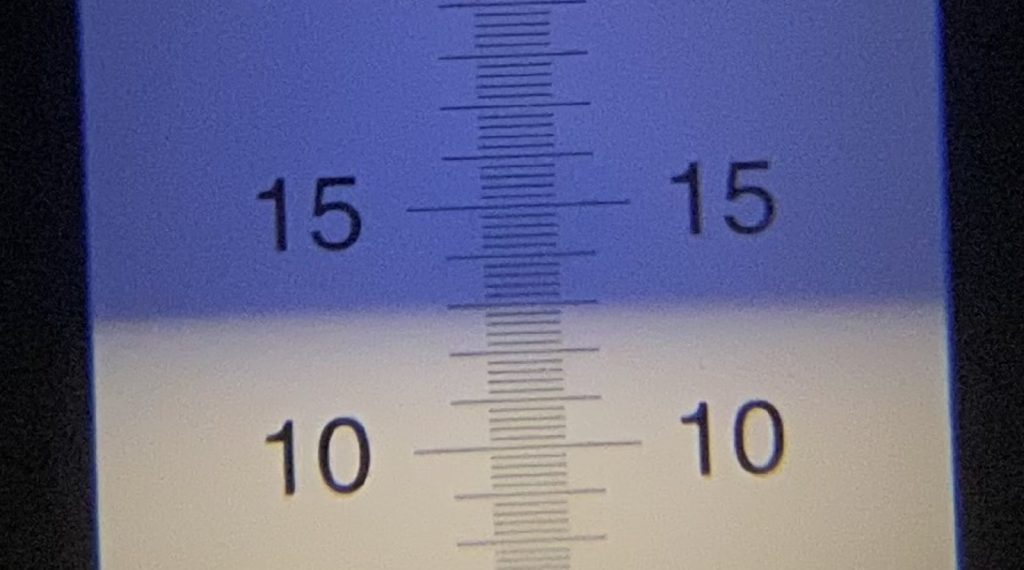
At this point, I direct pitched a single pouch of Imperial Yeast A07 Flagship.
The beer was left to ferment at 66 ° F / 19 ° C for 2 weeks before I took a hydrometer measurement confirming FG was reached.
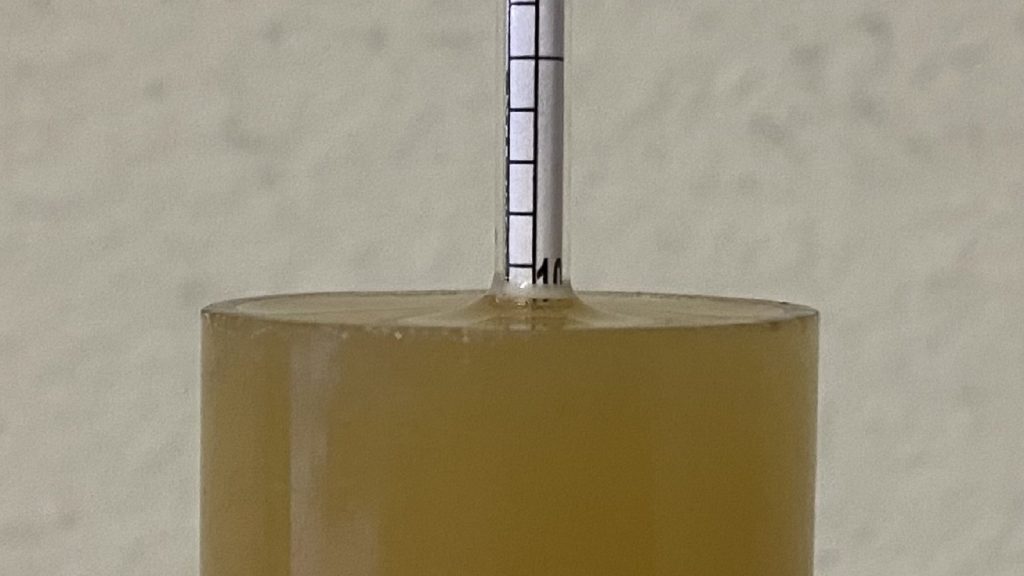
With fermentation complete, I transferred the beer to a CO2 purged keg.
The filled keg was placed in my keezer and burst carbonated overnight before I reduced the gas to serving pressure. After a week of conditioning, I began serving it to blind tasters.
| METHOD |
Participants were instructed to focus only on the aromatic qualities of the beer before evaluating the flavor. For each aroma and flavor descriptor, tasters were asked to write-in the perceived strength of that particular characteristic on a 0-9 scale where a rating of 0 meant they did not perceive the character at all and a 9 rating meant the character was extremely strong. Once the data was collected, the average rating of each aroma and flavor descriptor was compiled and analyzed.
| RESULTS |
A total of 20 people participated in the evaluation of this beer, all blind to the hop variety used until after they completed the survey. The average aroma and flavor ratings for each descriptor were plotted on a radar graph.
Average Ratings of Aroma and Flavor Perceptions
The 3 characteristics endorsed as being most prominent by participants:
| Aroma | Flavor |
| Tropical Fruit | Pine |
| Citrus | Resinous |
| Stone Fruit | Citrus |
The 3 characteristics endorsed as being least prominent by participants:
| Aroma | Flavor |
| Onion/Garlic | Onion/Garlic |
| Berry | Berry |
| Dank/Catty | Apple/Pear + Melon (tie) |
When asked to rate the pungency/strength of the hop, most tasters perceived it as being mildly to moderately pungent.
Tasters were then instructed to identify beer styles they thought the hop would work well in.
Finally, participants were asked to rate how much they enjoyed the hop character on a 1 to 10 scale.
My Impressions: Over the time I had this Caliente Pale Ale on tap, I really came to enjoy it, despite perceiving the pungency as being mild-moderate. The most prominent aromatic quality I detected from this hop was citrus, namely orange, which I found rather enjoyable, and it largely carried through in the flavor.
| CONCLUSION |
Hop breeders have always aimed toward developing varieties that are possess the most sought after characteristics of the time, which in many ways is a game of prediction, as the time it takes for a new hop to hit the market can be quite long. Noted as imparting beer with citrus, tropical fruit, and pine characteristics, existing descriptors indicate Caliente more aligned with other popular hops of the late aughts such as Amarillo, Simcoe, and Centennial. Curiously, while Caliente certainly wasn’t ignored and has received generally positive reviews, it never received the attention as other varieties.
Indeed, ratings from tasters who evaluated a Pale Ale hopped entirely with Caliente seemed to line up with many existing descriptors, with citrus, tropical fruit, and pine being the highest rated aroma and flavor characteristics. This likely explains Pale Ale and IPA as being the styles people believed this variety would work best in, though some also felt it’d do well in a pale lager, which may be a function of its generally moderate pungency. As far as preference goes, ratings were pretty spread out, but a majority rated their enjoyment of the hop character as 5 or higher on a 10 point scale.
Like the blind tasters, the most noticeable characteristic from this hop to me was citrus, specifically orange, and while it wasn’t as pungent as many modern hops of the day, I thought it was really nice. Like most single-hop beers I brew for The Hop Chronicles, this one wasn’t terribly exciting, but it wasn’t as thin flavored as others I’ve experienced, which I tend to think may be due to Caliente’s complexity. I likely won’t be using this variety on its own in a hoppy style again, but I can see it working quite well in a less assertive style as well in tandem with other hops in classic examples American IPA.
Caliente hops are available now at Yakima Valley Hops, get some while you can! If you have any thoughts on this variety, please feel free to share them in the comments section below.
Support Brülosophy In Style!
All designs are available in various colors and sizes on Amazon!
Follow Brülosophy on:
FACEBOOK | TWITTER | INSTAGRAM
If you enjoy this stuff and feel compelled to support Brulosophy.com, please check out the Support page for details on how you can very easily do so. Thanks!



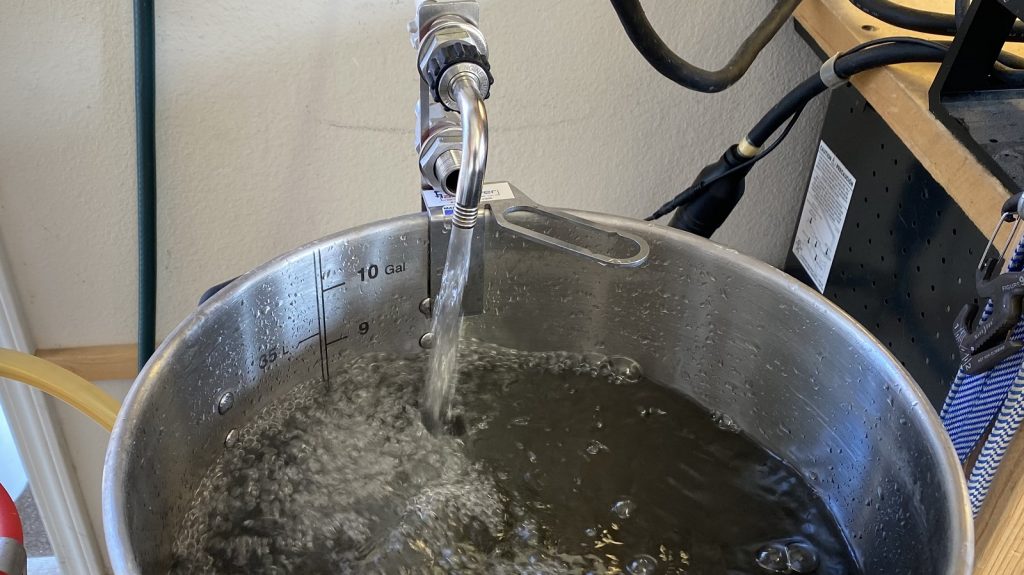
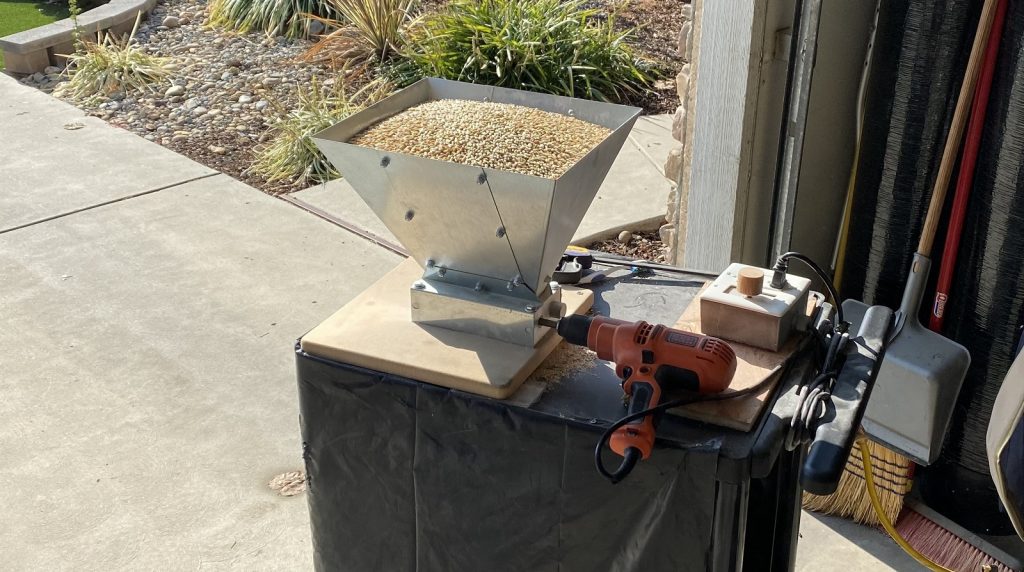
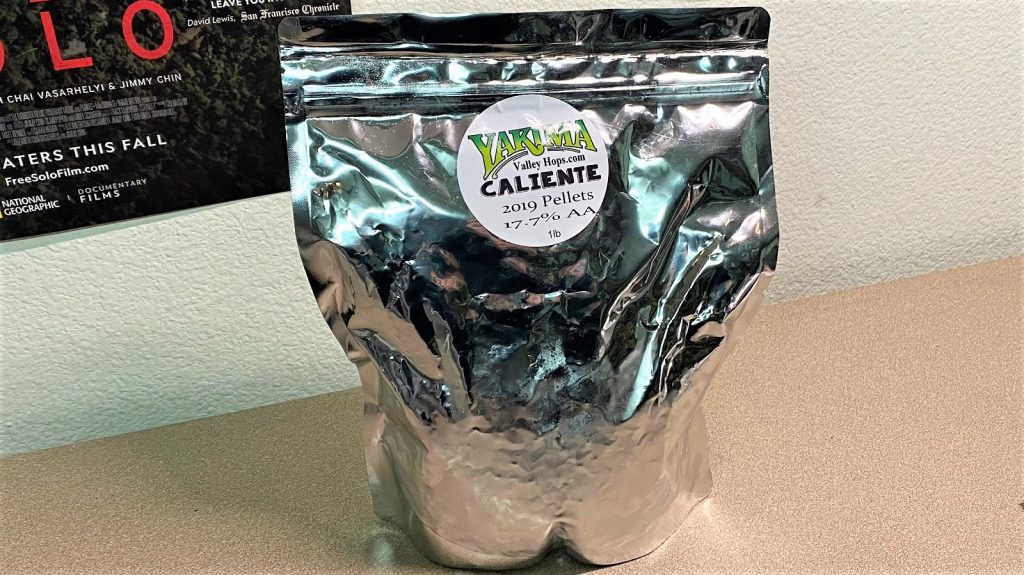
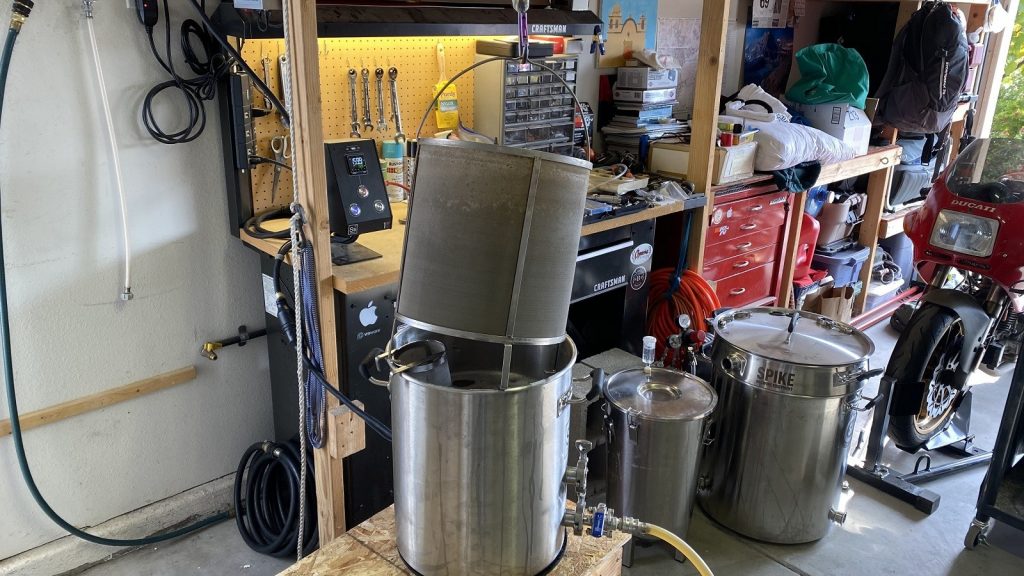
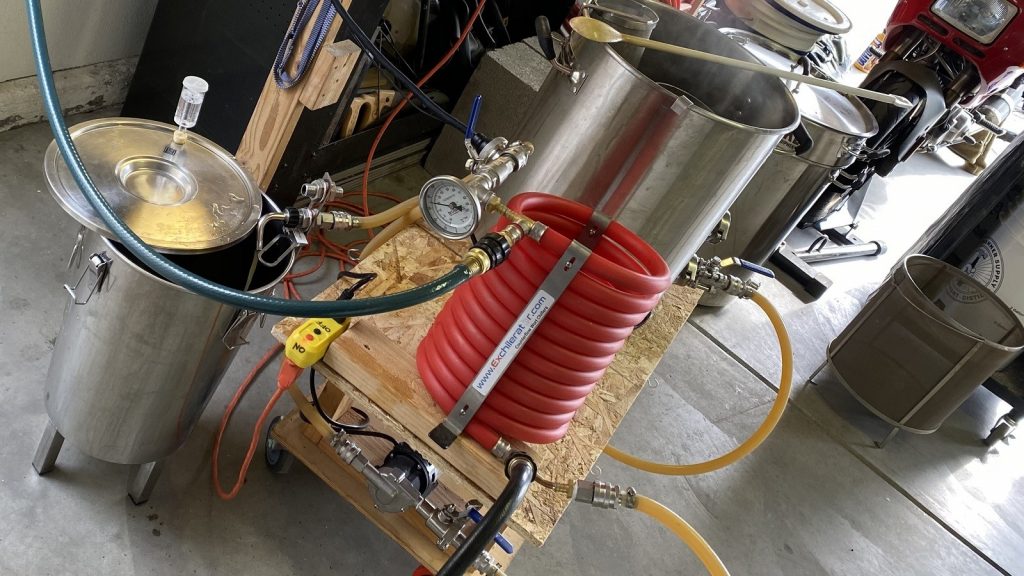
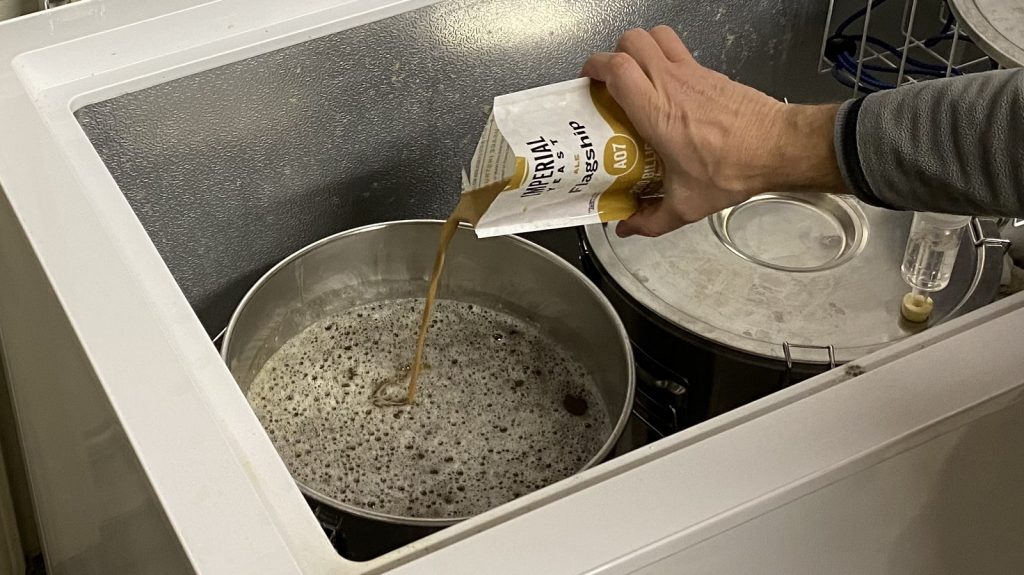
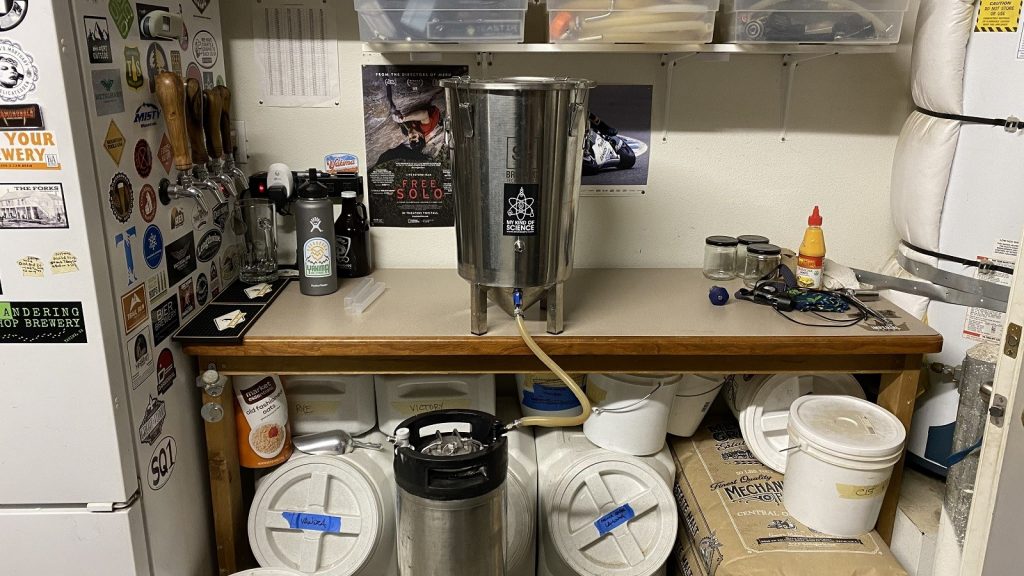
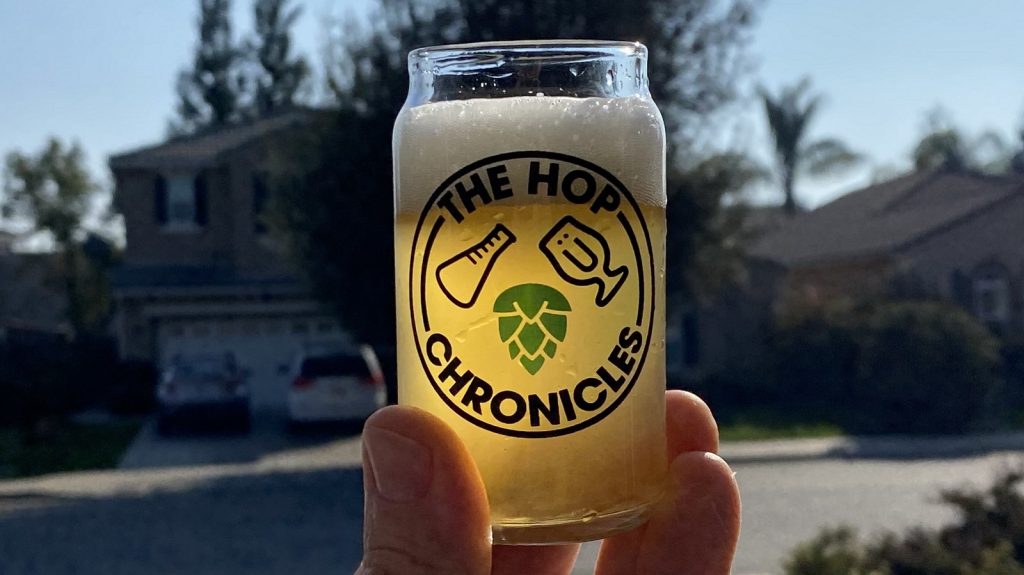

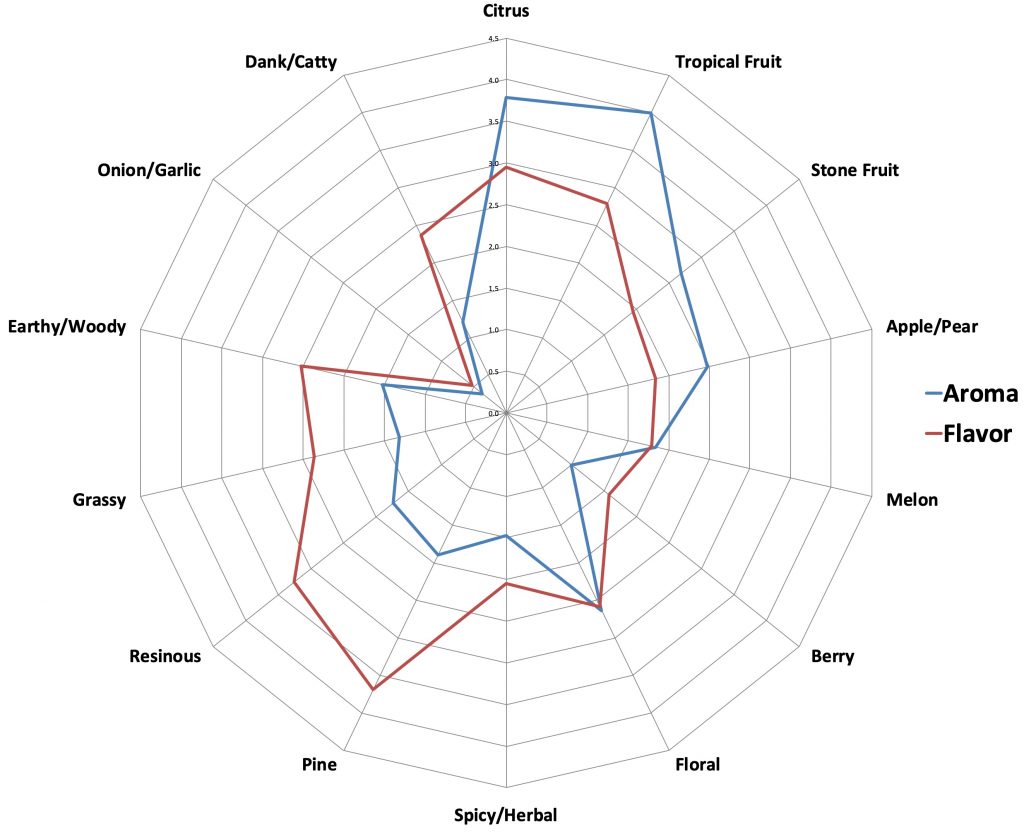
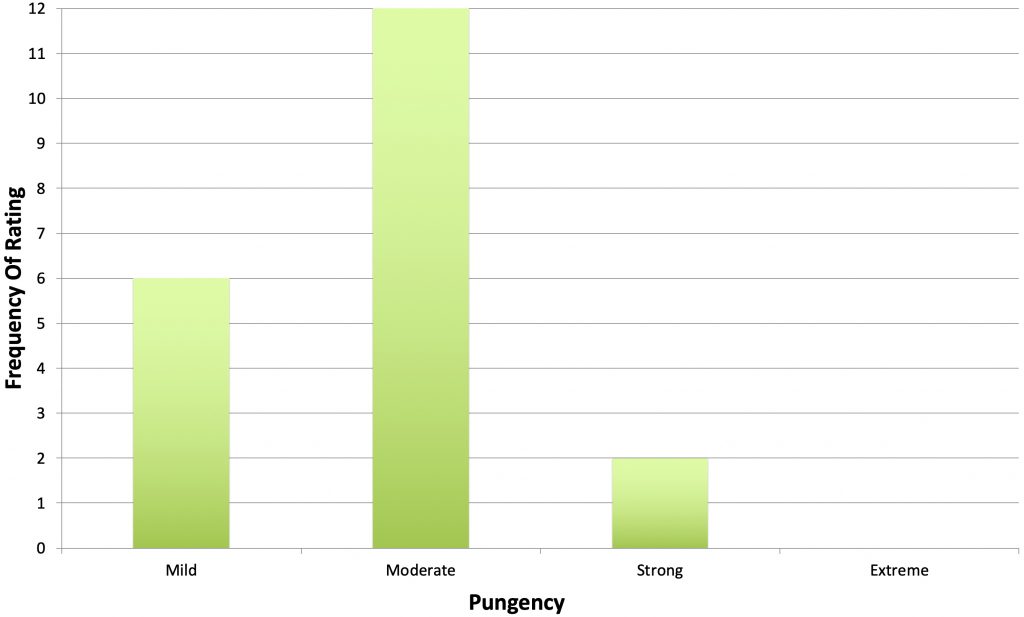
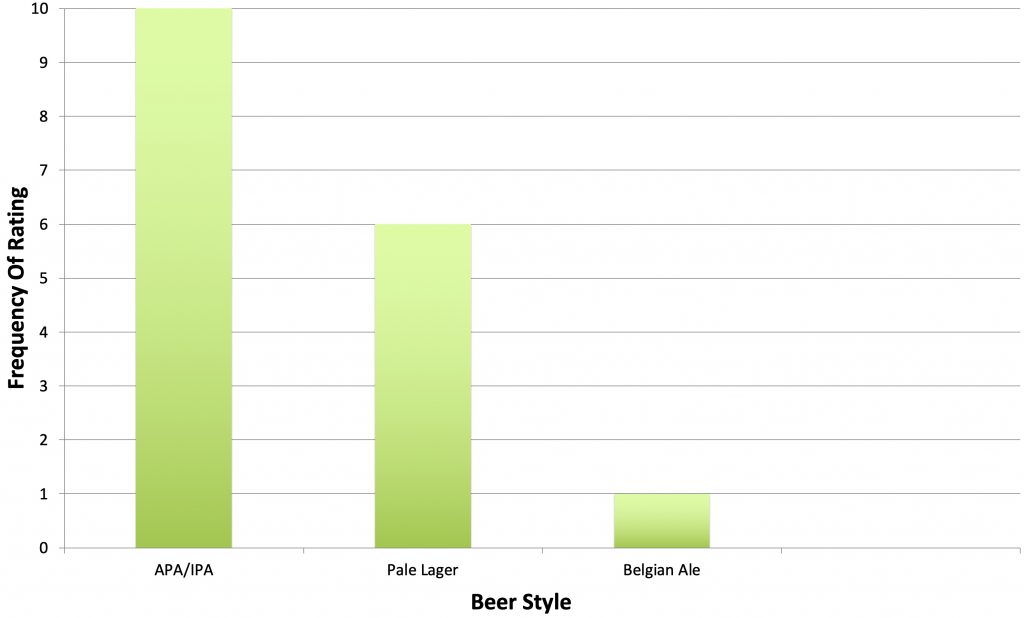
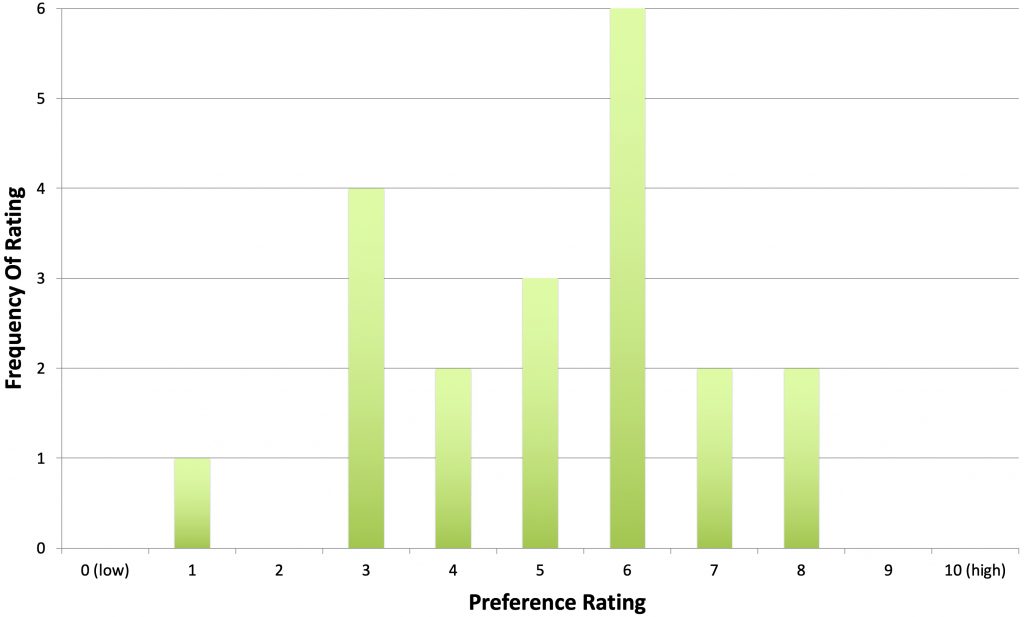











1 thought on “The Hop Chronicles | Caliente (2019) Pale Ale”
Caliente is a big favorite of mine, I like it in most hoppy styles, and I often add it into bitters since the citrus/stonefruit note plays nice with many English yeasts and hops. I often get lemon from it, but some years it has a juicy red plum character that is phenomenal. It’s good to see Caliente getting some love.